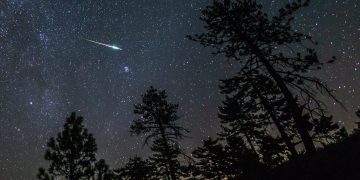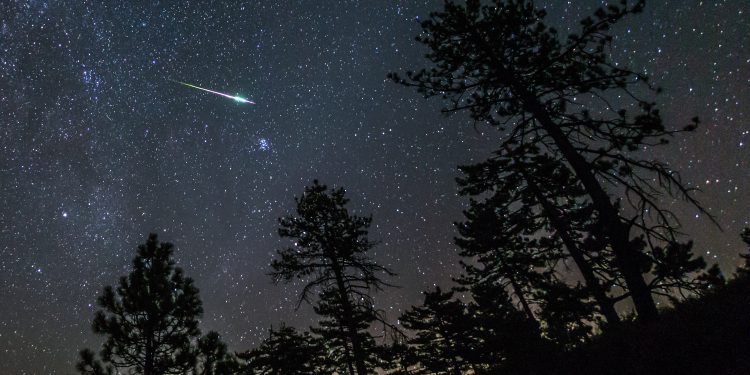This month, the night sky will brighten up thanks to a combination of astronomical events.
https://twitter.com/_RachaelTV/status/1720203020623847502
According to the Space Tourism Guide, November is putting on a show starting on Friday, Nov. 3, when Jupiter will be brightened by the sun due to its annual opposition position and will be seen in the Aries constellation.
On Nov. 12, the Northern Taurids meteor shower will reach its peak. This event ranges from Oct. 20 through Nov. 30, but on this Sunday night, viewers will be able to spot approximately 10 meteors an hour.
This also takes place during the new moon, so the sky will be completely dark without any interference from bright moonlight, which allows the meteors to be spotted more easily.
By Nov. 18, one star cluster will be brighter than ever. The Pleiades star cluster will be in the right position to sparkle and shine enough to be seen not only in the Northern Hemisphere but also in some areas below the equator.
This takes place at the same time as the Leonids meteor shower, so stargazers will have two reasons to come out and look above on that Saturday night.
These Leonids are named for originating from the area within the constellation Leo, which is easily spotted near the Big Dipper.
There is plenty to be Thankful for as the month matures. On Nov. 20, Saturn will draw closer to the moon, and then just after Thanksgiving on Nov. 25, Jupiter will follow Saturn’s lead and be found nearer to the moon.
Then, the month wraps up with another starry gift. On Tuesday, Nov. 28, the constellation Orion will put on a show during the peak of the Orinids meteor shower.
Although not as flashy as the other events, viewers will be able to spot about three meteors an hour, and this also coincides with the Hyades star cluster — which will be visible within the constellation Taurus and more easily spotted despite its typically challenging location.


























 Continue with Google
Continue with Google